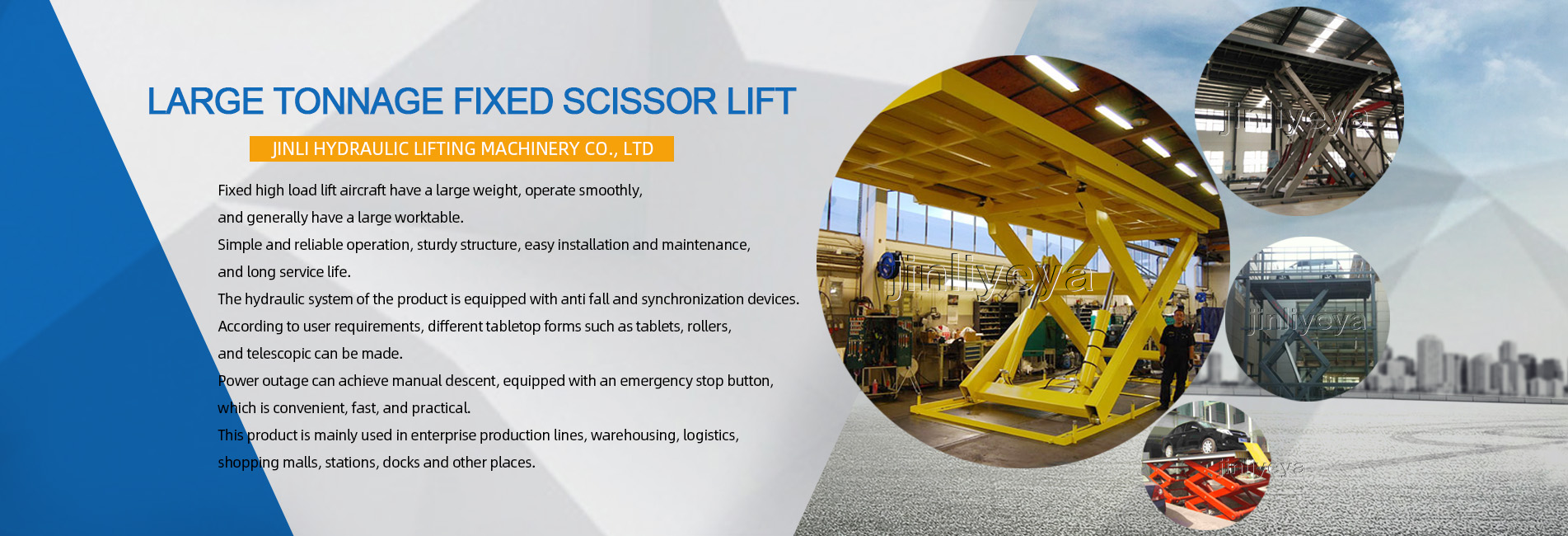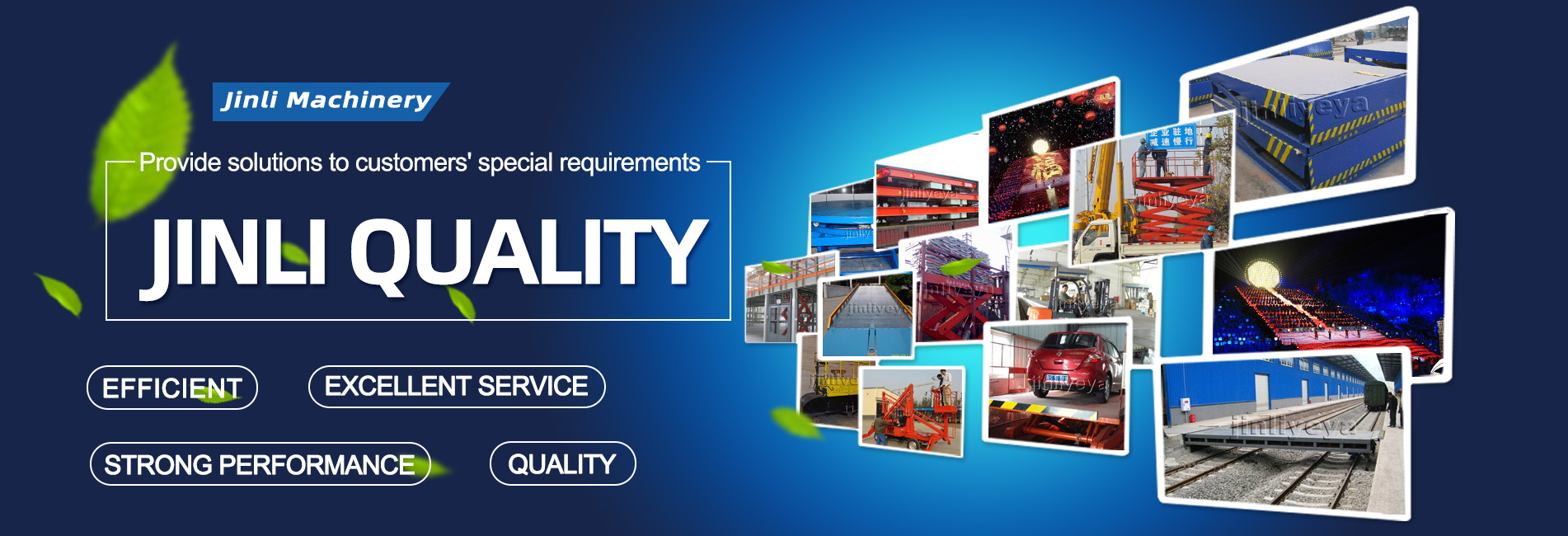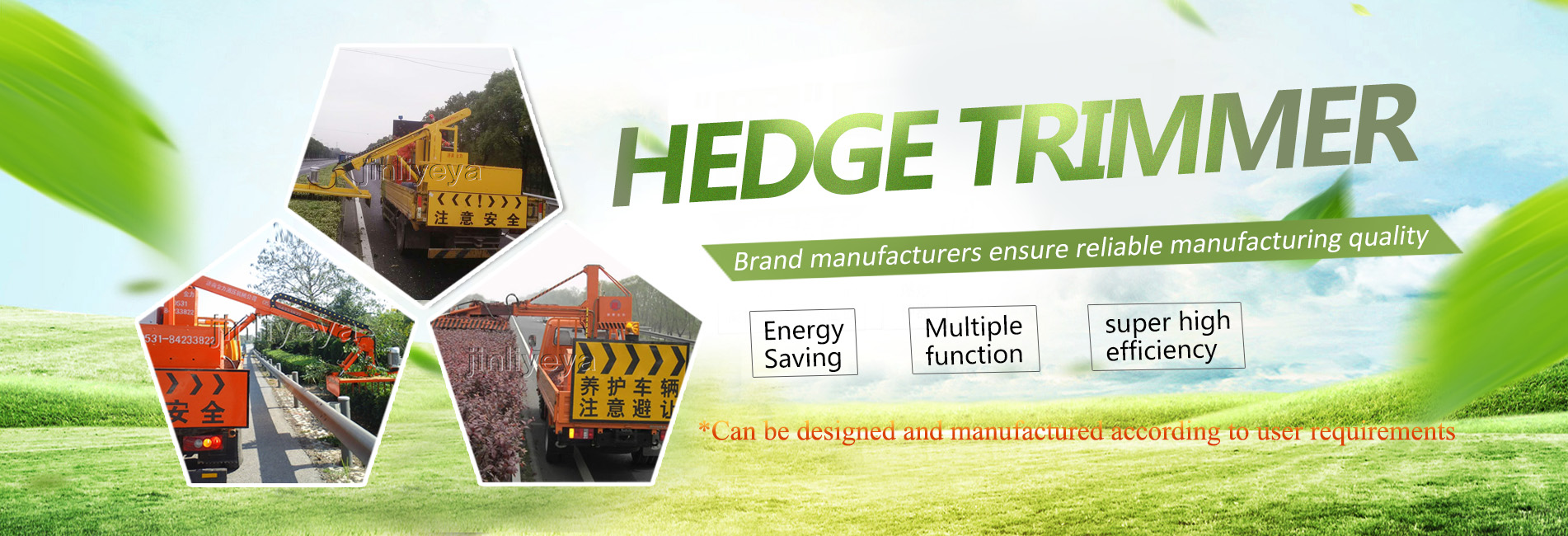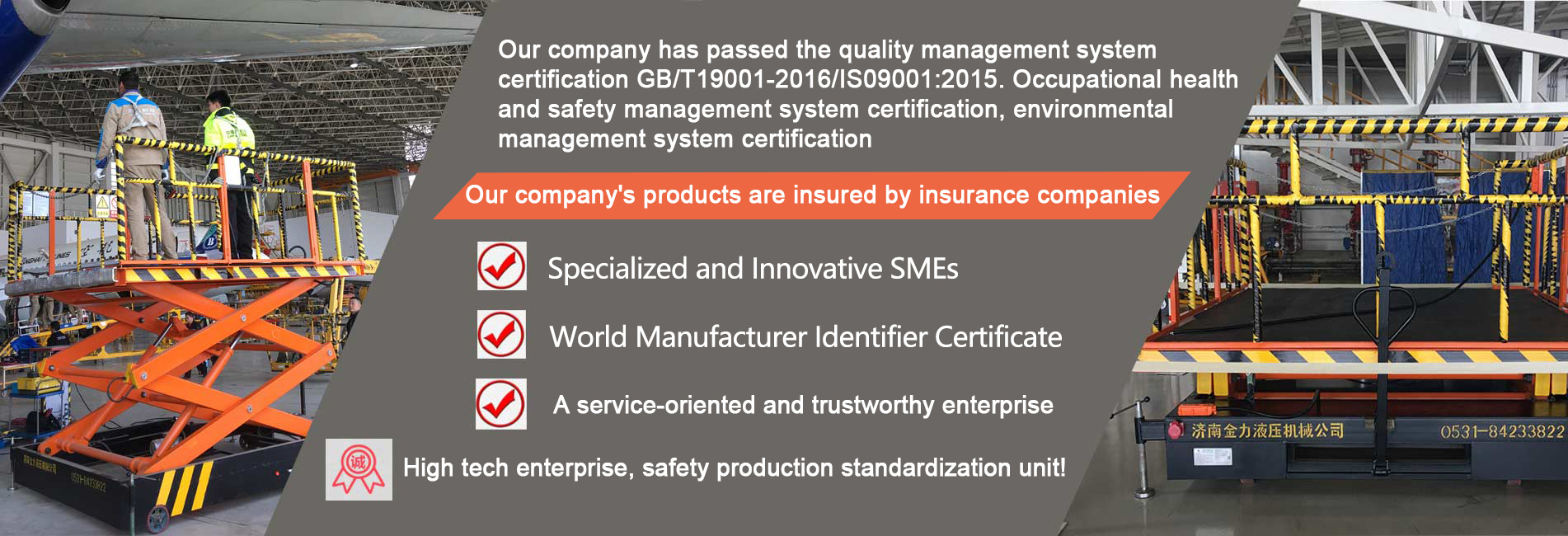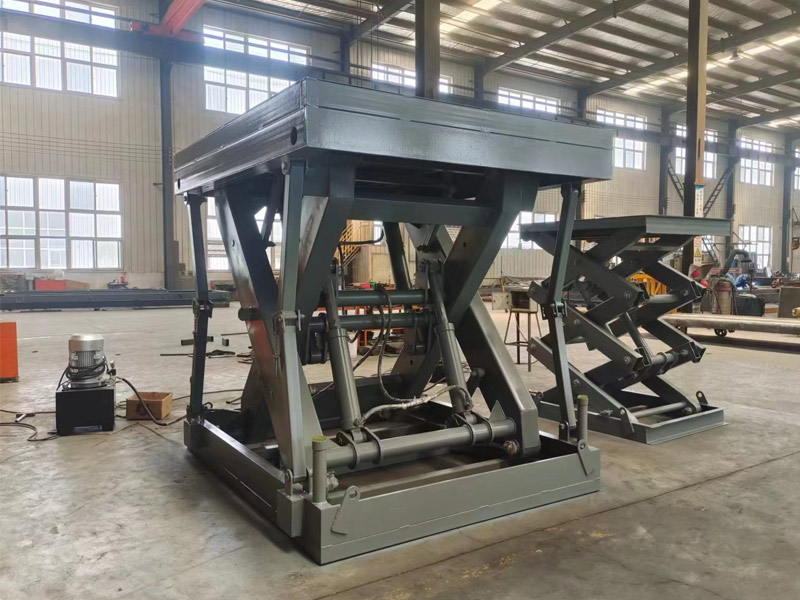
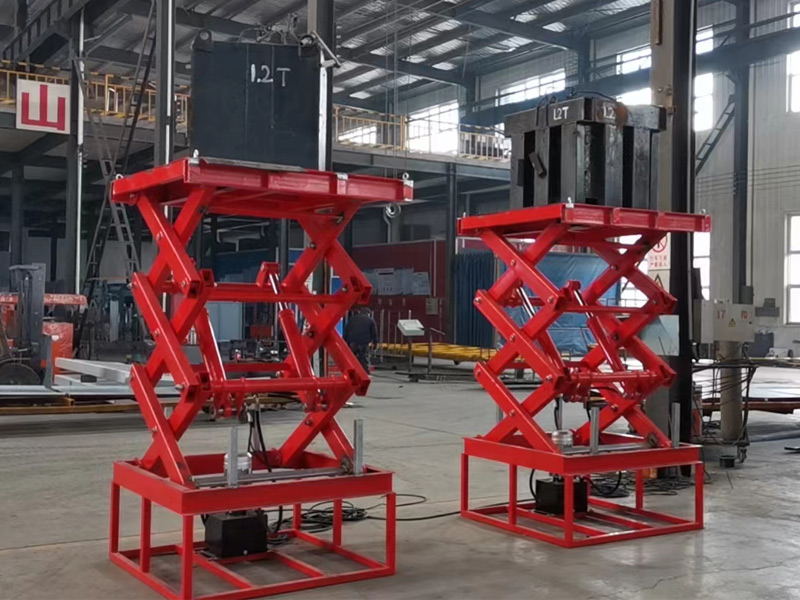
A cargo lift is a device specifically designed for lifting and transporting goods, which can be customized according to the specific needs of customers. The customization process usually includes the following steps:
1. Determine requirements: Firstly, it is necessary to determine the specific requirements of the cargo lift, including lifting height, load capacity, working environment, etc.
2. Design plan: Based on the requirements, design a suitable cargo lift plan, including mechanical structure, control system, safety devices, etc.
3. Manufacturing and processing: According to the design plan, mechanical processing and assembly are carried out to manufacture the main body of the cargo lift.
4. Installation and debugging: Install the cargo lift in position and debug it to ensure its normal operation.
5. After sales service: Provide after-sales service, including repair, maintenance, upgrades, etc., to ensure the long-term stable operation of the cargo lift.
When customizing a cargo lift, multiple factors need to be considered, including customer needs, working environment, equipment performance, etc., to ensure that the customized cargo lift can meet actual needs and has good performance and stability.


